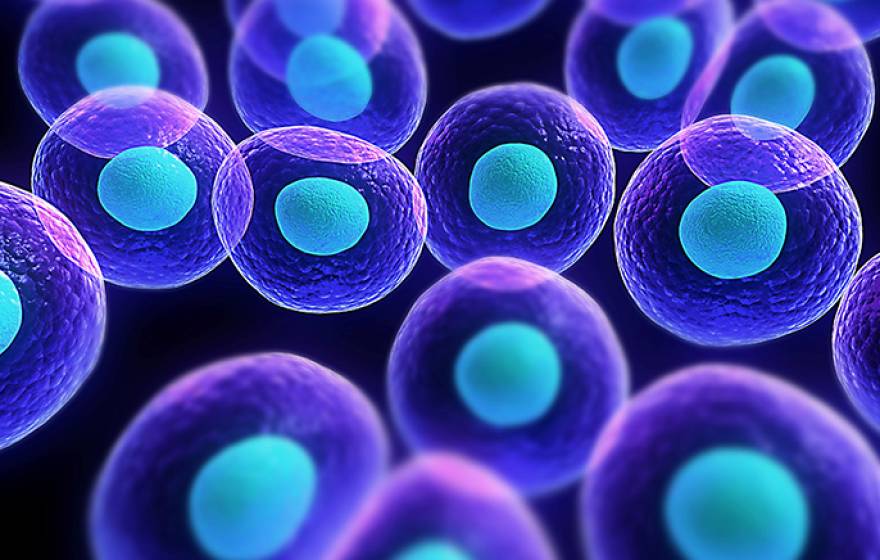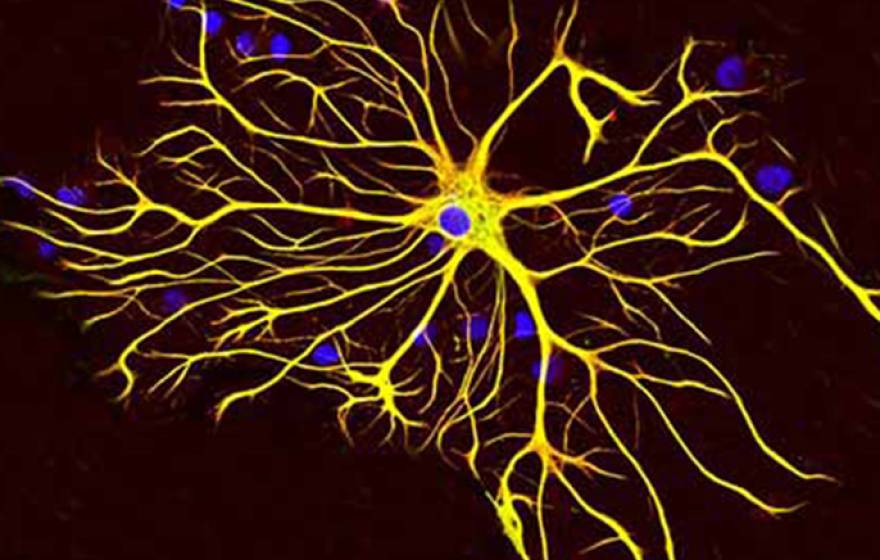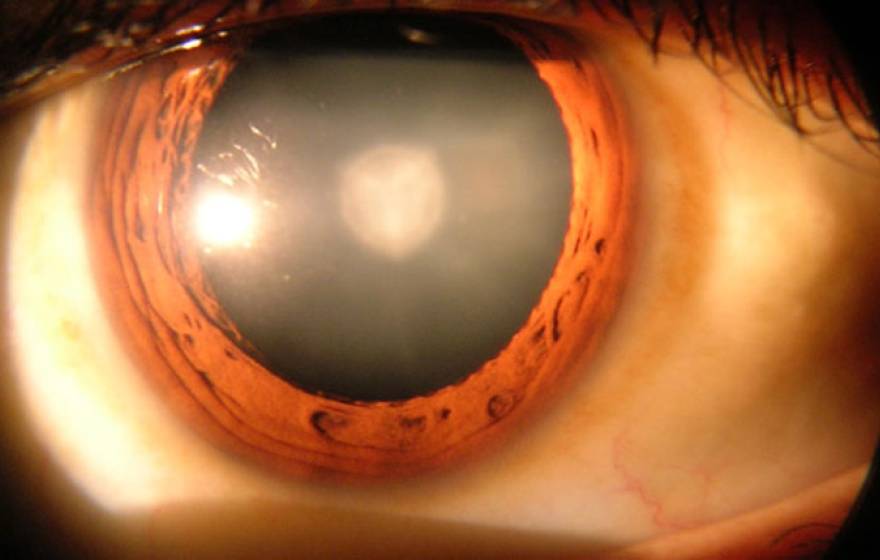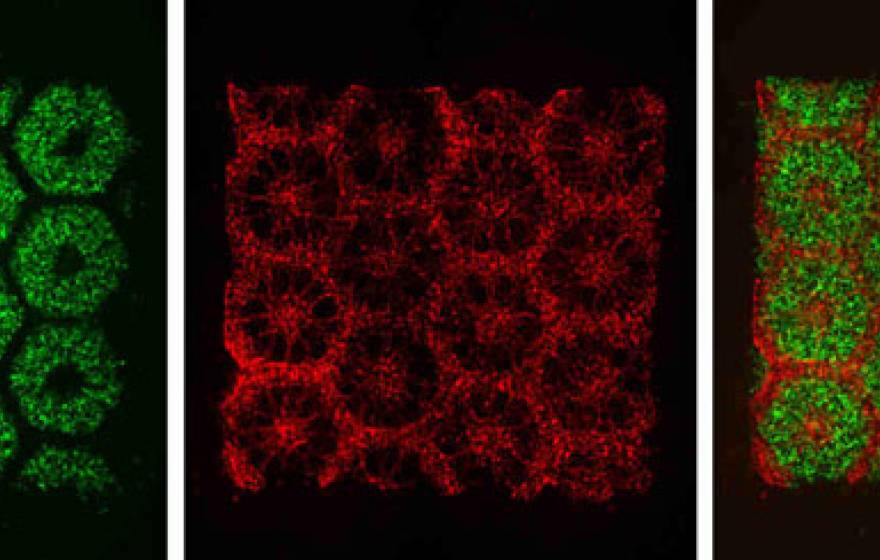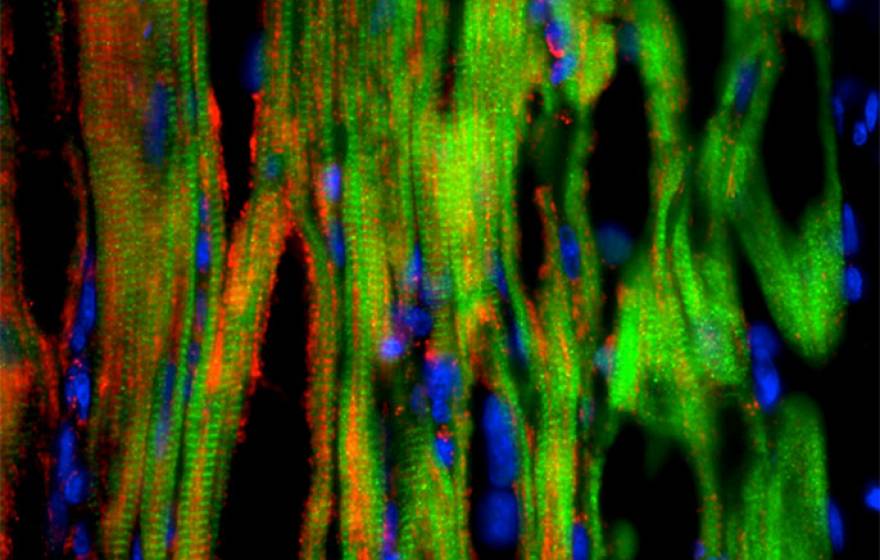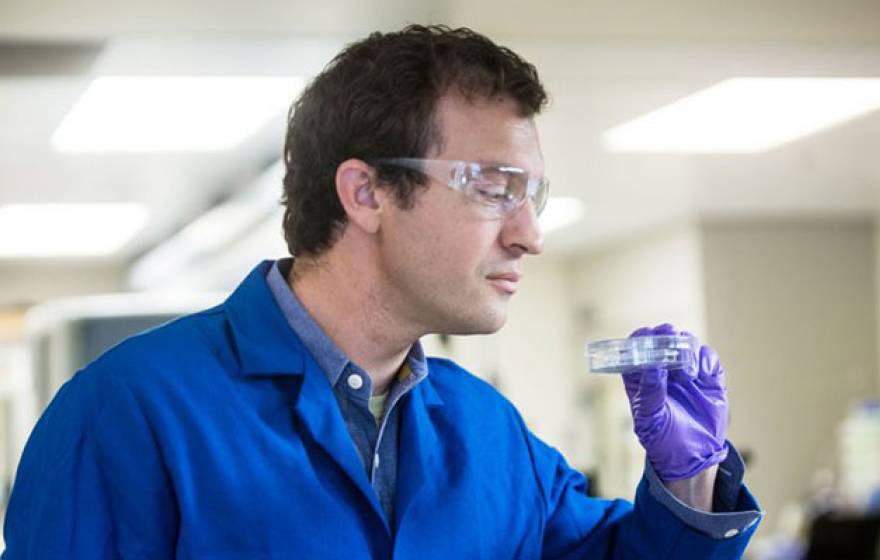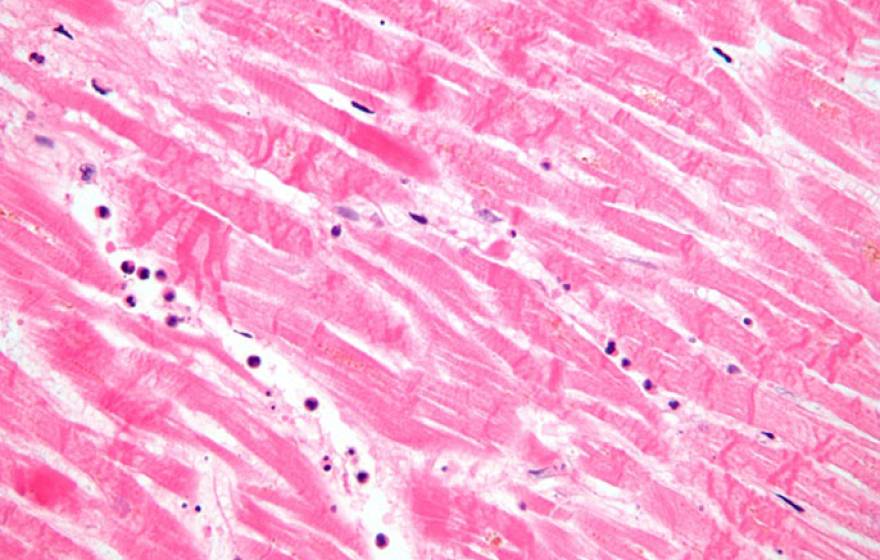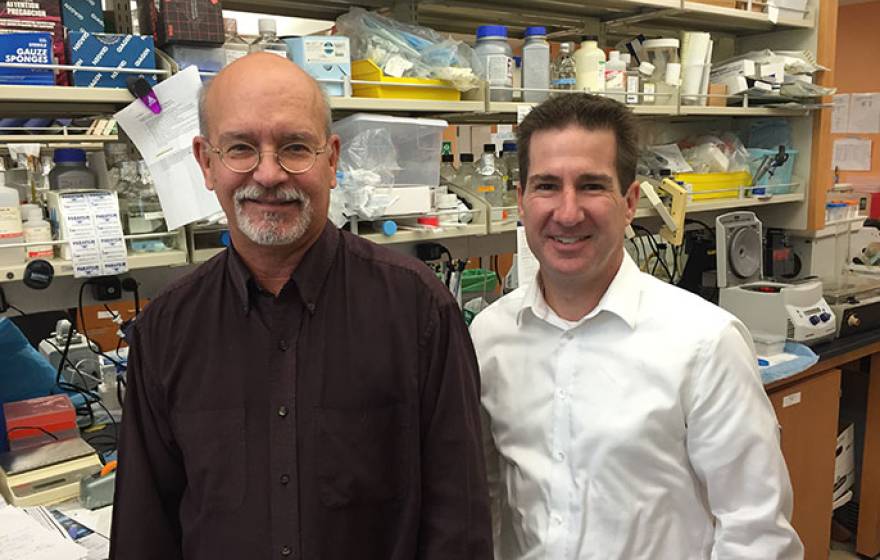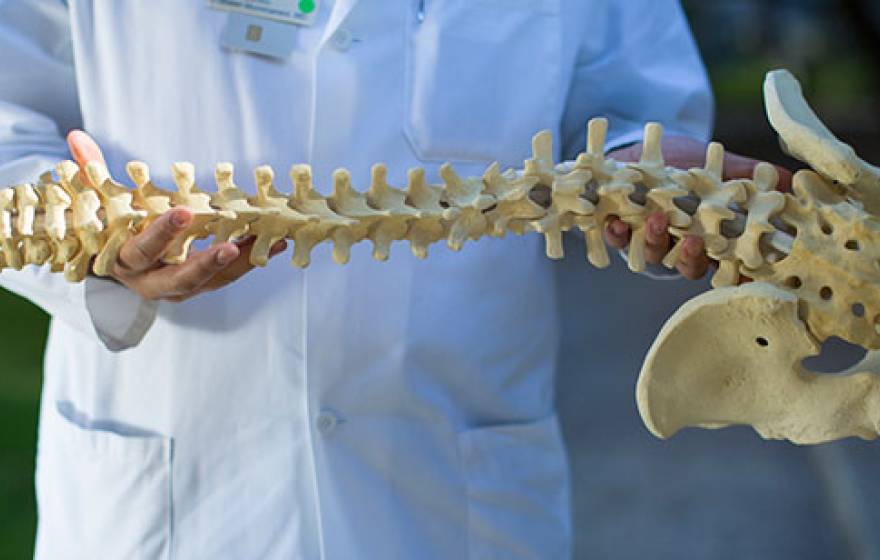UC researchers from four campuses receive 11 grants totaling $2.5M.
Stem cell grants awarded to pursue 'great ideas'
Stem cell grants to help fight rare diseases affecting children
UC researchers from four campuses receive five grants totaling more than $21 million in funding.
Stem cells regenerate human lens after cataract surgery, restoring vision
Approach pioneered by UC San Diego may have broad therapeutic implications on tissue and organ repair.
UC San Diego lab prints 3-D functioning liver tissue
New model derived from stem cells could make drug development faster and more cost-effective.
Cat stem cell therapy gives humans hope
A UC Davis team treats feline disease with a first-of-its-kind stem cell therapy for mammals.
UCLA researchers make progress toward healing scarred hearts
Findings suggest stem cells may one day be used to regenerate damaged tissue after heart attack.
Building human breast tissue, cell by cell
Zev Gartner's innovative work in 3-D tissue generation has earned him a spot on Popular Science's 'Brilliant 10' list of 2015.
Stem cells could help mend a broken heart, but they've got to mature
UC Grad Slam winner's stem cell work aims to conquer heart disease.
Hopeful outlook for some human stem cell therapies
Induced pluripotent stem cells can be differentiated into various types of functional cells — including retinal pigment epithelium cells destined for the eye, which are less likely to be rejected by the immune system.
